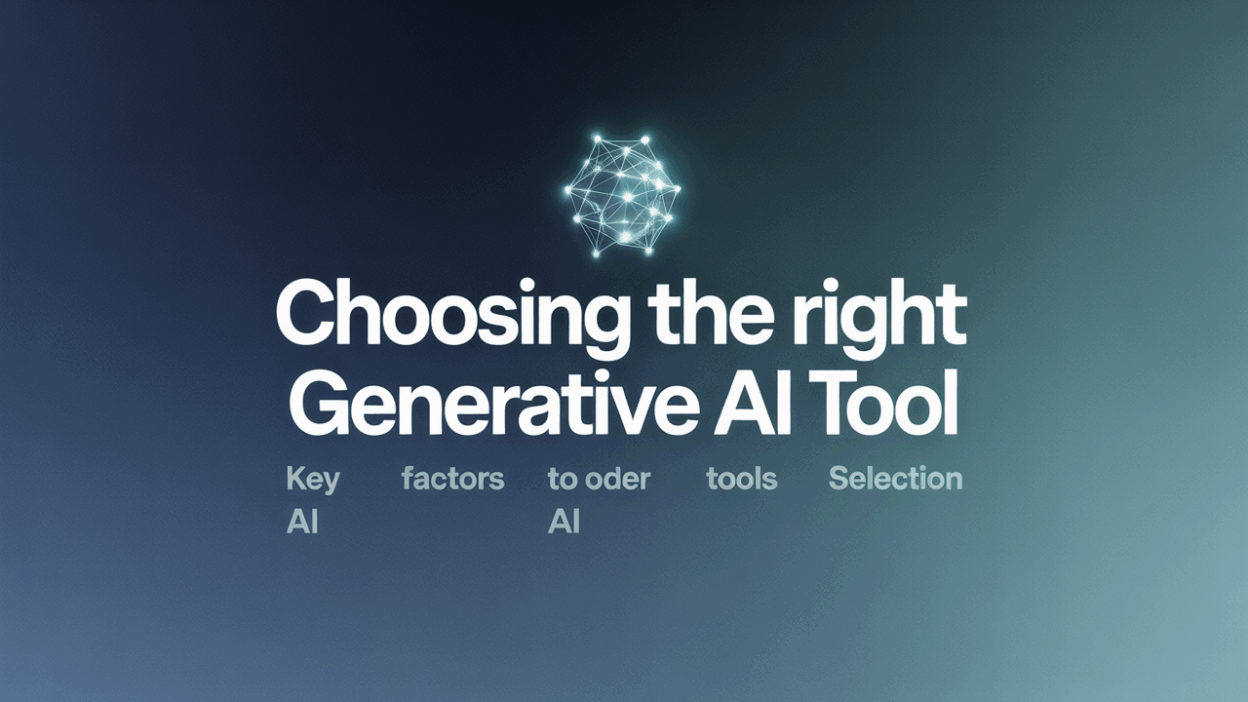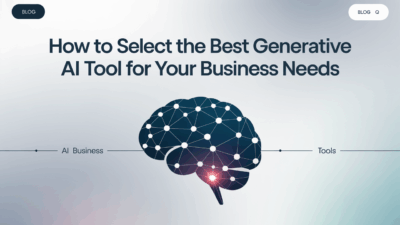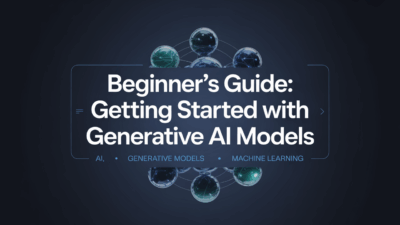When it comes to harnessing the power of generative AI, selecting the right tool is crucial for achieving your desired outcomes. With a growing number of solutions available in the market, understanding the key factors that influence this decision can help streamline the process and ensure you pick a tool that aligns with your specific needs.
1. Define Your Requirements Clearly
Before diving into the sea of options, it’s essential to outline what exactly you expect from a generative AI tool. Are you looking for something that specializes in content creation, image generation, or perhaps data synthesis? Knowing your requirements will narrow down the choices significantly .
2. Consider Your Budget
Budget constraints play a significant role in any purchasing decision. While some tools might come with premium features, they may also carry a hefty price tag. Evaluate whether the investment justifies the returns and if there are cost-effective alternatives that still meet your basic requirements .
3. Research and Shortlist Potential Tools
Once you’ve established your criteria, conduct thorough research to identify tools that fit those parameters. Look at reviews, case studies, and testimonials to gauge how well these tools perform in real-world scenarios. This step helps in creating a shortlist of viable options worth considering further .
4. Evaluate Each Tool’s Features Thoroughly
Not all generative AI tools are created equal. Some excel in versatility, offering a broad array of functionalities beyond their primary purpose . Others might prioritize reliability, ensuring consistent production of high-quality outputs without unexpected errors or inconsistencies . Make sure the tool you choose offers robust features tailored to your use cases.
5. Test Before Committing
Whenever possible, take advantage of free trials or demo versions offered by providers. Hands-on experience allows you to assess usability, performance, and compatibility with your existing workflows before making a financial commitment .
6. Assess Integration Capabilities
Consider how easily the tool integrates with other systems or platforms you currently use. Seamless integration ensures smoother operations and minimizes disruptions during implementation .
7. Prioritize Scalability and Support
As your business grows, so too should your technology stack. Opt for tools that offer scalability—allowing expansion as needed—and reliable customer support to address issues promptly when they arise .
Conclusion
Selecting the right generative AI tool involves careful consideration of several critical factors ranging from initial requirement definition to final evaluation through testing. By following these guidelines, businesses can make informed decisions that not only satisfy immediate needs but also support long-term growth strategies . Remember, the goal isn’t necessarily to find the most expensive or feature-rich option but rather one that delivers optimal value aligned with strategic objectives.



